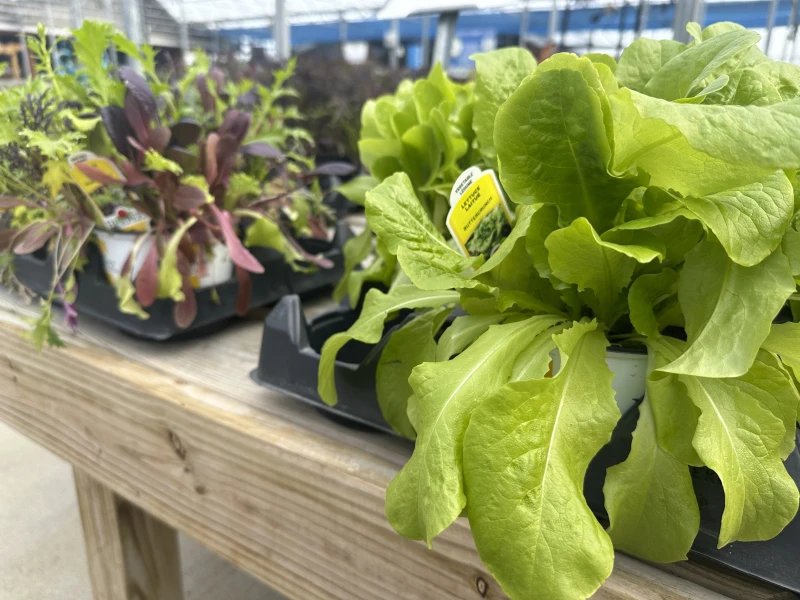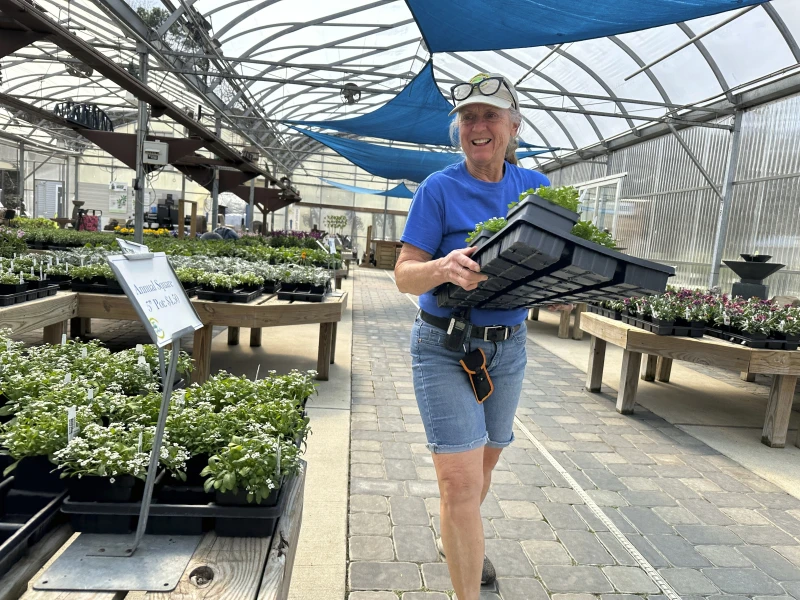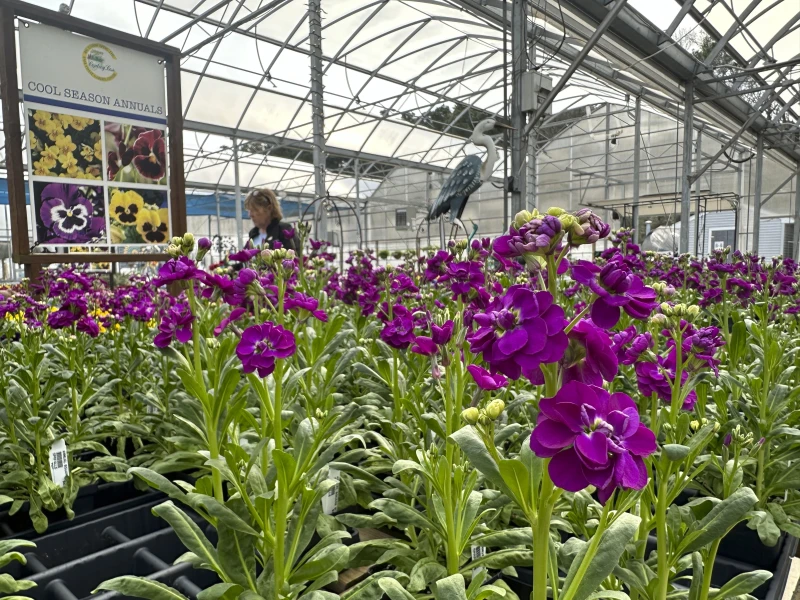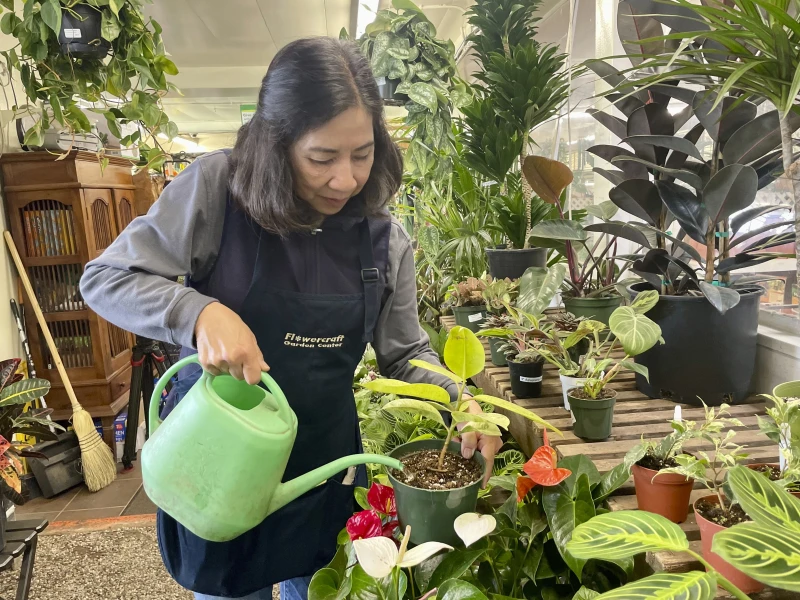The surge in interest in gardening and outdoor activities during the pandemic, particularly among millennials, has been a notable phenomenon that has captured the attention of many.
As people sought solace and engagement amidst lockdowns and restrictions, garden centers experienced a significant uptick in patronage. The question that now looms large is whether this newfound enthusiasm for gardening will endure in the long term.
The statistics paint a compelling picture of the gardening renaissance that unfolded in recent years. In 2022, a remarkable 80% of U.S. households engaged in lawn and gardening activities, marking a five-year high as reported by the National Gardening Association’s 2023 National Gardening Survey.
Concurrently, the average spending on lawn and gardening activities per household escalated to $616 in 2022, reflecting a $74 increase from the previous year.
The insights provided by industry experts such as Danny Summers, the managing director of The Garden Center Group, shed light on the evolving landscape of the gardening sector.
Sales at garden centers surged by approximately 25% compared to 2019, underscoring the resonance of gardening pursuits among the populace.
However, the sales trajectory appeared to plateau between 2022 and 2023, setting the stage for a pivotal juncture as the upcoming spring season approaches.
The significance of the spring season for garden centers cannot be overstated, with approximately 60% of sales materializing during the 12-week window of spring, particularly crucial for centers in the Northern regions where the planting season is more constrained.
Against the backdrop of volatile weather patterns and escalating costs for labor and plant materials, garden centers face a confluence of challenges that necessitate adept navigation to sustain their momentum.
One encouraging trend that has emerged is the heightened spending observed among younger households, notably the 18- to 34-year-old and 35- to 44-year-old demographics.
This demographic shift towards increased engagement with gardening activities signifies a promising trajectory for the industry, as articulated by Danny Summers.
The enduring appeal of nature, plants, and gardening among this burgeoning audience augurs well for the continued relevance of garden centers in the foreseeable future.

The anecdotal evidence from establishments like Flowercraft Garden Center in San Francisco further underscores the enduring allure of gardening pursuits.
With a robust demand for houseplants, vegetable starter plants, and citrus trees, the resonance of gardening transcends generational boundaries and resonates with individuals seeking solace, connection with nature, and the gratification of nurturing living organisms.
In conclusion, the resurgence of interest in gardening, catalyzed by the unique circumstances of the pandemic era, has imbued the industry with renewed vigor and vitality.
The sustainability of this trend hinges on the industry’s ability to adapt to evolving challenges, cater to the diverse needs of a burgeoning demographic, and foster a culture of appreciation for the beauty and serenity that gardening affords.
As we stand on the cusp of another spring season, the future of garden centers beckons with promise and potential, poised to cultivate a greener, more vibrant tomorrow.
The dynamics of the garden center industry are intricately tied to the capricious nature of the weather, particularly during the fleeting spring season.
As exemplified by the experiences recounted by Patubo, the proprietor of a garden center in San Francisco, the interplay between climatic conditions and consumer behavior can significantly impact business outcomes.

The anomalous weather patterns of the previous year, characterized by unprecedented storms and record rainfall in the San Francisco area, posed challenges for garden centers.
While the substantial precipitation alleviated the prolonged drought plaguing the region, it adversely affected the sales and operations of establishments like Patubo’s.
The deluge of rain hindered foot traffic and impeded sales, underscoring the vulnerability of garden centers to meteorological vagaries.
In response to the economic repercussions of adverse weather events and broader inflationary pressures, Patubo observed shifting consumer preferences within the market.
Smaller items, such as four-inch plants and six-pack assortments, emerged as more popular choices among customers, reflecting a propensity towards budget-conscious purchases.
Conversely, larger plants ranging from one gallon to 15 gallons faced sluggish demand, necessitating strategic adjustments in inventory management and procurement practices.
The confluence of climatic anomalies and market dynamics reverberated beyond individual garden centers, resonating with broader trends in the horticultural sector.
The National Oceanic and Atmospheric Administration’s assessment of 2023 as the third-driest year on record, juxtaposed with localized instances of heightened rainfall, underscores the spatial variability of weather patterns and their implications for plant cultivation.
The proliferation of weather-related disasters, encompassing heatwaves, droughts, wildfires, and floods, further underscores the susceptibility of plants to environmental perturbations.
In light of escalating costs and supply chain disruptions, garden center operators like Patubo found themselves compelled to adjust pricing strategies to maintain profitability.
Price hikes, exemplified by the escalation of costs for standard items like a flower in a one-gallon pot, underscore the challenges of balancing financial sustainability with consumer affordability in a volatile economic landscape.
Amidst these challenges, the resilience and adaptability of garden center clientele emerge as a salient theme.

Embracing trends such as container gardening, cultivation of dwarf-sized plants, and the popularity of fruit-bearing trees and bushes like blueberries and raspberries, consumers exhibit a sustained interest in horticulture and self-sufficiency.
The enduring appeal of growing one’s food and the gratification derived from nurturing plants underscore the enduring allure of gardening as a rewarding and enriching pursuit.
In conclusion, the narrative of garden centers, as elucidated through the experiences of industry stalwarts like Patubo and establishments like Ooltewah Nursery and Landscape Co., epitomizes a delicate dance between environmental exigencies, market forces, and consumer preferences.
Navigating the complexities of a volatile climate and economic landscape, garden centers epitomize resilience, adaptability, and a steadfast commitment to fostering a culture of horticultural appreciation and sustainability.
